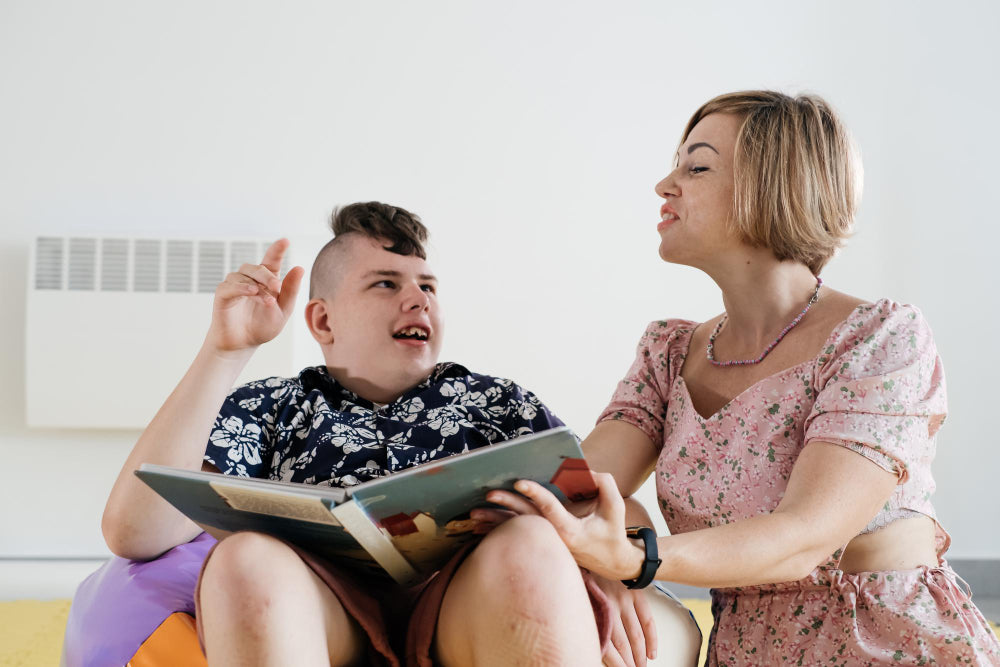When it comes to teaching students with non-verbal communication, utilizing visual aids such as flashcards can be incredibly beneficial in helping them progress in their literacy journey. Visuals are a great way for learners to comprehend material more easily and make meaningful connections between sounds and symbols that last longer.
Using visual aids such as picture cards when introducing new sounds or words is much more effective than diving straight into text as it allows students to focus on one concept at a time. Similarly, pairing magnetic boards with sentence strips can help increase fluency by connecting fluent phrases while still incorporating visuals into the lesson.
Research has found that due to lack of verbal development, “for a significant number of children, decoding would not develop as part of natural language development. Consequently direct instructional approaches must be used when teaching early literacy skills". As such, it is important for teachers to understand the individual needs of their learners and provide instruction accordingly so that each student can make progress based on their own achievements rather than those of others. Utilizing assessments prior to instruction will also provide guidance on how best to move forward with each student in order maximize engagement and comprehension levels.
Incorporating visuals such as flashcards and other tools during instruction for non-verbal learners is essential for fostering meaningful relationships between their abilities and creating a strong foundation from which future successes may arise. When used correctly these resources can help simplify complex concepts while simultaneously increasing fluency, comprehension and long-term retention; thus providing a more positive learning experience overall.
- Mertzentein, B. (2018). Instructional approaches necessary to teach children who are nonverbal. The International Journal of Language and Communication Disorders, 53(2), 266–276. https://doi.org/10.1111/1460-6984.12386



